When we embarked on this journey to live and work abroad, knowing we didn’t have much time and had exactly zero experience as immigrants, we clearly needed help. I quickly took to the Internet and started combing ex-pat blogs, ingesting all I could about visa, residence permits and Schengen rules, but much of it was out of date, confusing, or didn’t match our situation close enough. In this process though, I stumbled into the surprisingly large universe of “relocation” expertise and support. I suppose it should not have been surprising: many people–all kinds of people (not just refugees) — want to live and work in Germany in particular, with its strong economy, vast net of social services, and high quality of life.
Since the seconds were ticking away, I was thrilled when we found a potential “fixer” to guide us through setting up our lives in Düsseldorf. She answered my query e-mail and jumped right in to help us, all on areas of immigration that we were clueless about: renting a flat, choosing a school, registering with the authorities, how I would work legally as a freelancer, etc. Her English was excellent but still at some point those long German words were becoming longer, their pronunciation and meaning more enigmatic than ever, shooting at us like pressurized water from a firehose. The forms to be completed or potentially completed were piling up. Soon we were overwhelmed, and had to resort to printing everything out and organizing it into a binder (see photo below).
But all was made clearer at our in-person meeting in June with our fixer.
On her advice, and with her help on what to actually do, we applied to get an EU Blue Card, which would allow Jeff to work anywhere in the EU for 4 years. This required reams of paper: we needed paper versions of degrees, transcripts, contracts with the employer, and letters attesting to the necessity of Jeff’s presence from his customer, as a good measure.
All of these had to be translated into German, of course. Furthermore, some of these documents had to be delivered as “sworn” translations; this is done by someone with a special certificate, like a notary/translator/lawyer person. This was very expensive and difficult to manage from the States.
But, Jeff seemed to meet all the Blue Card qualifications (in a nutshell: technical degree, contract in the EU, minimum salary requirement). The plan was we’d have a meeting with the authorities, show them the application and the binder’s worth of supporting evidence, and we would be on our way.
Alas it was not to be, as it turns out one’s employer must have an office in the EU to qualify for the Blue Card, which we don’t have; Jeff’s customer is in the EU, but his employer is not. In retrospect it makes total sense. Our fixer says this is not written in the regulations anywhere, but our man behind the immigration desk wasn’t having any of that.
So, we had to apply for a “regular” German residence permit. Ok. Unfortunately we hadn’t filled those forms out, not fully understanding that we should, as a backup, complete them. This process was different and didn’t require the degrees– just a set of paper forms, proof of health insurance, a resume, and a job description that happens to exactly match the experience listed in the resume.
And, another appointment with the authorities had to be made.
Oh…I haven’t told you about the appointments!
Appointments are necessary for these visits with the local immigration authorities (Landeshaupstadt). These are made in a mysterious way — sometimes it’s possible by using the website (when a block of numbers are released, which happens once in awhile in an unpredictable manner); other times one can email the office directly, and still other times a phone call is in order.
Once the elusive appointment has been made it is confirmed with a waiting room assignment and a number. One goes to the main office on the appointed day, and well before the appointed time, and waits for the number to appear on the computer monitor. See a picture I tried to snap discretely of said monitor below. You wait with plenty of others there doing the same thing, everyone clutching their paperwork, and sweating.
When your number appears you report to a corresponding room number as quick as a bunny, before someone else can claim your spot.
Our 2nd appointment was on October 7, 2019–what would have been my Dad’s 77th birthday. That appointment went so smoothly I was sure Dad had pulled some strings! The woman who helped us was very pleasant, our documents were in order, and all was well. Jeff got a work permit pasted into his passport, we paid a fee for the residency processing and ID cards (€306 for the 3 of us) and we were both given the greenlight to work.
So, hooray! We celebrated. We were all set and legal.
The next step was to wait for the physical ID cards to be ready. We were meant to get a letter in the mail to tell us when we could pick up the cards, but we never did. Instead we got a letter about how to apply for our electronic ID cards, an optional step. I tried my best to translate the letters, which contain a PIN number masked by a hologram (see photos), and put them away waiting for another letter. When none came, I dug deeper and found a city website that let me put in an ID from our visit #2 and check if the cards were ready. So I could have probably gotten the cards sooner but it was not clear to me…
We picked up our physical cards in the first week of December. See pictures below of Jeff and I smiling with our bike helmets on the day we picked up the cards!
Immigration is all done at a main city building just outside of the Hauptbahnhof, at Willie Becker Allee. It’s not a pretty or ceremonial city hall like you might be picturing; it’s a concrete warren of ugly buildings and old public art, surrounded by people smoking furtively and crying babies…the police have a large presence in the platz as well. It’s not an encouraging or welcoming way to enter the country, but we are relieved we only need to go there 1 more time in April, to register Jeff’s renewed passport.
I don’t get to pull out my residence card very often. I did use it recently at Rewe, where I had accidentally left my debit card. I came back to claim it and, figuring I needed to prove who I was, I whipped out the card and proudly said, no doubt incorrectly, “This is me!” The woman behind the till did scrutinize it closely to make sure the names on the debit card matched my residence card.
That darn residence card has not come out since!
After I found the card-pick up website on my own, I found a whole website in English devoted to explaining the immigration process. Had I known about this site before, we may have been able to do more on our own (but, we still would have needed help translating at the appointments, as staff are required to conduct all transactions in German).
Looking back it seems like a fairly simple process, but when you don’t know, you are at a major disadvantage. I share this website in hopes that others will find it useful and will start their process here!
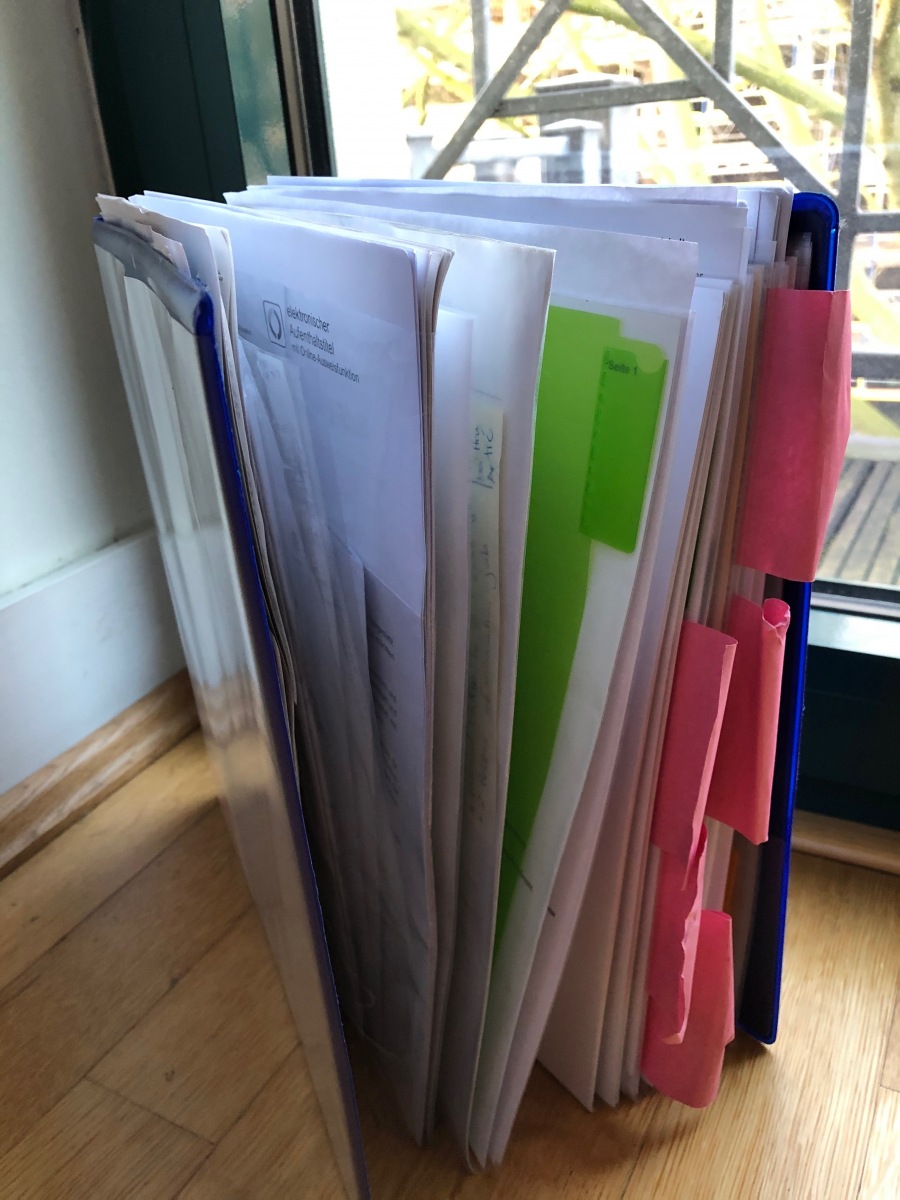
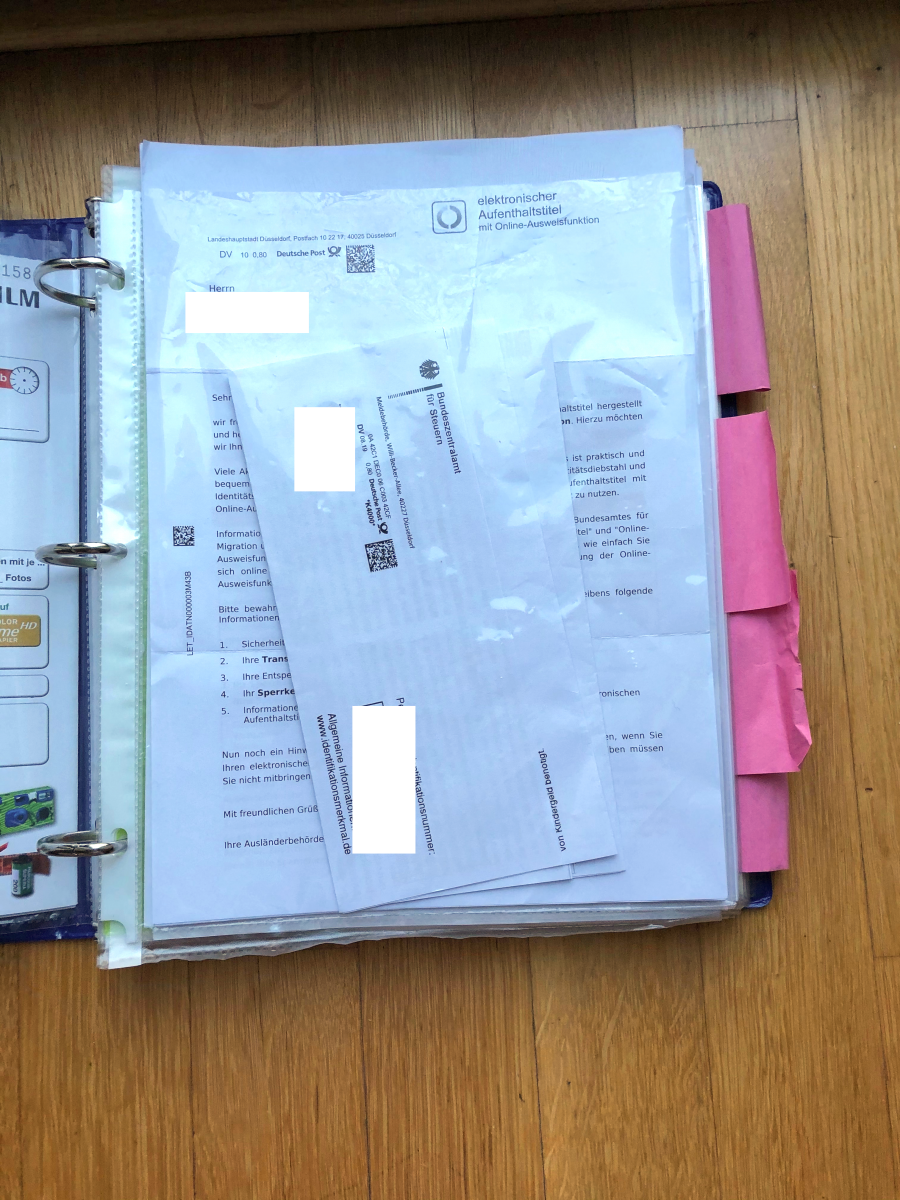
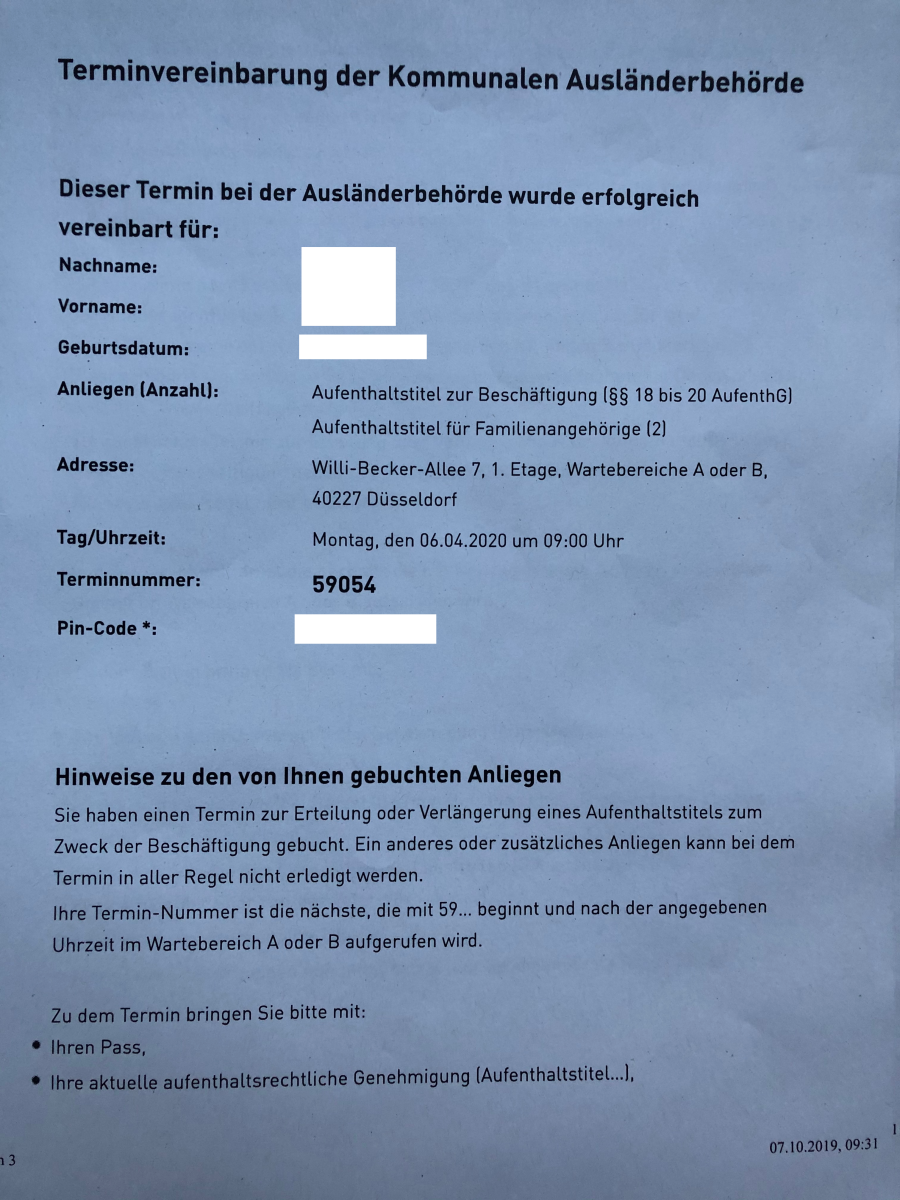
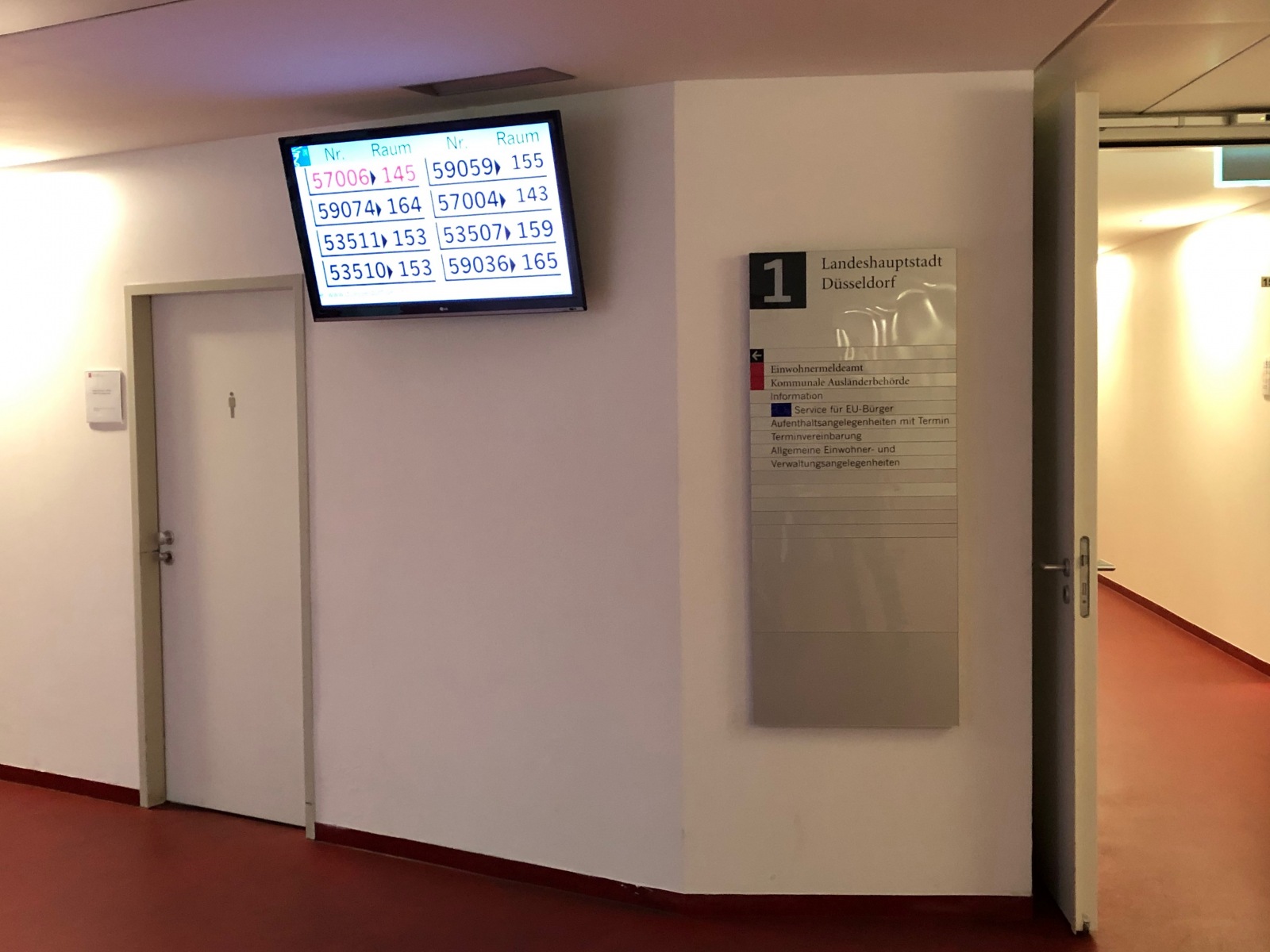
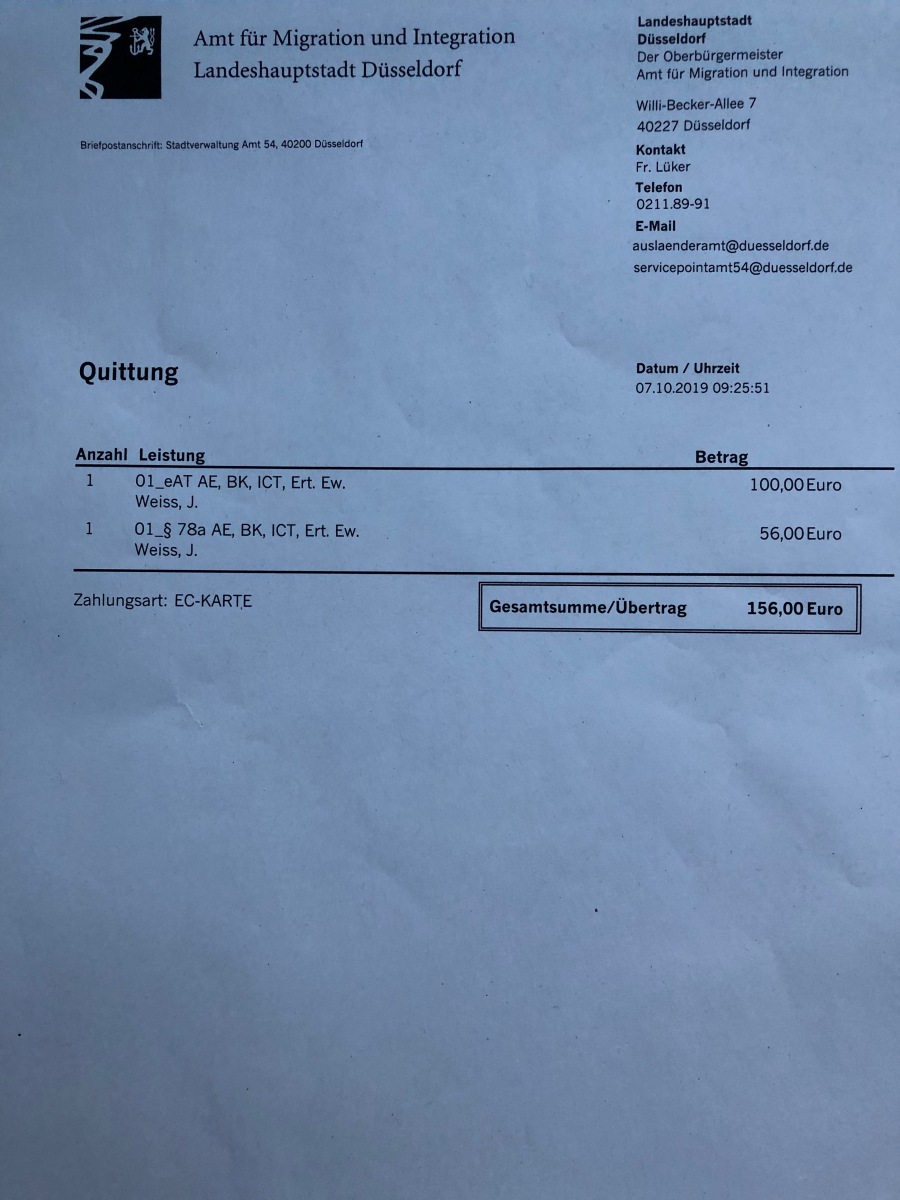
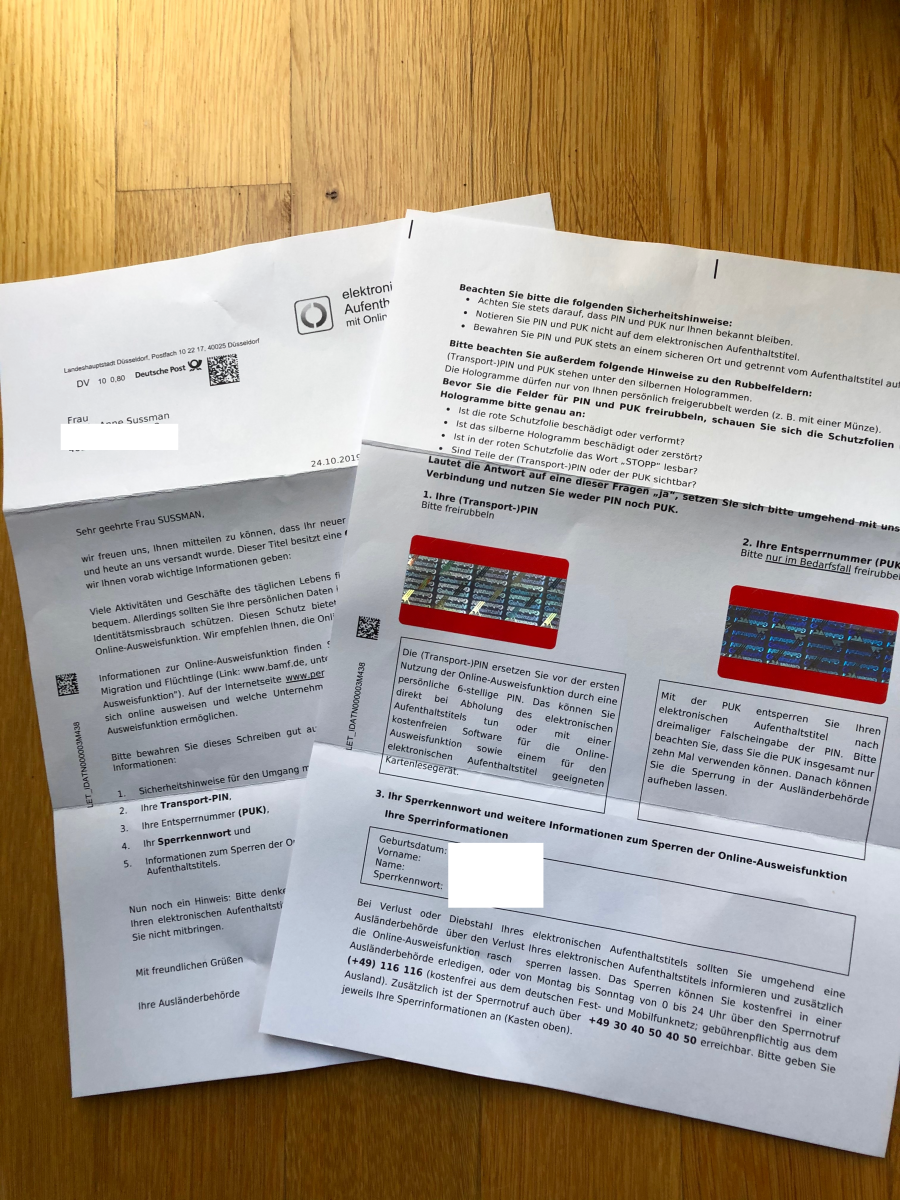
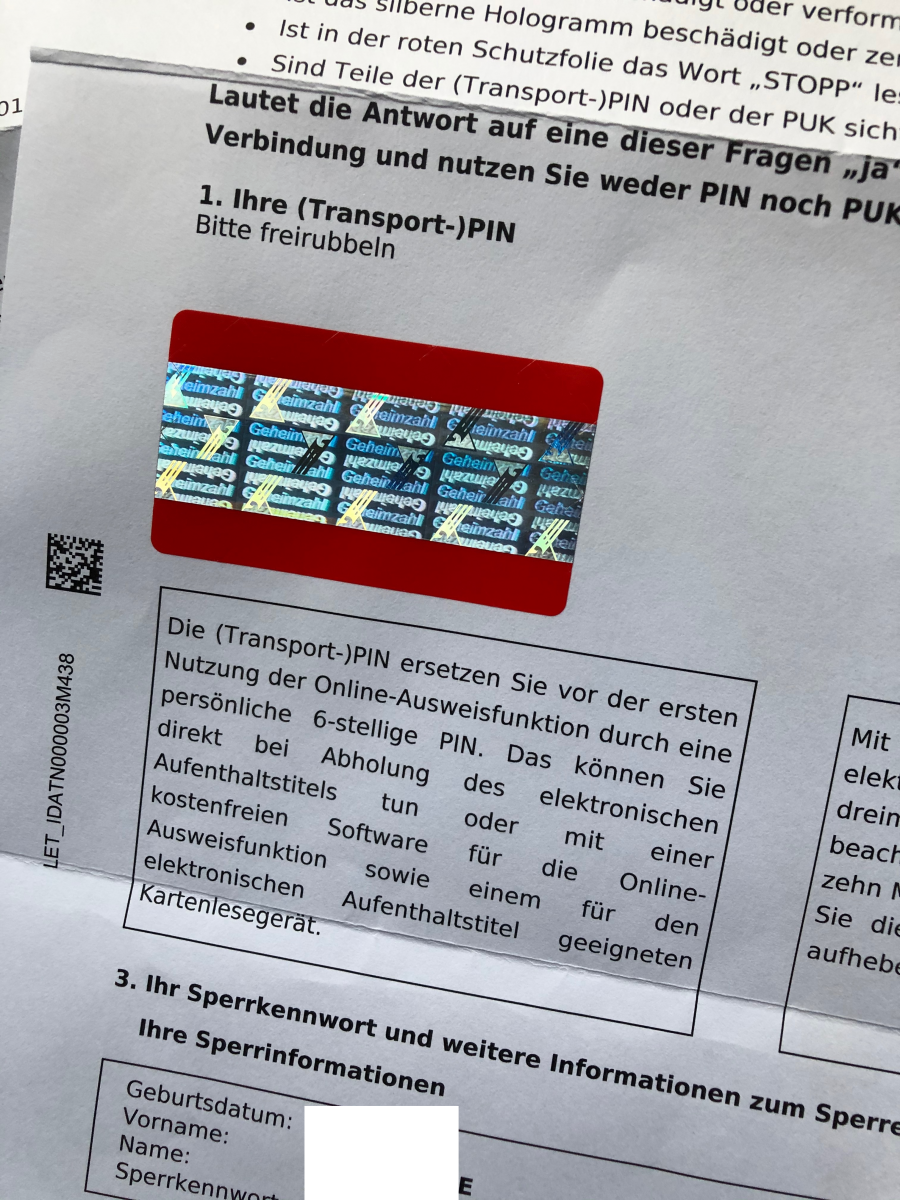
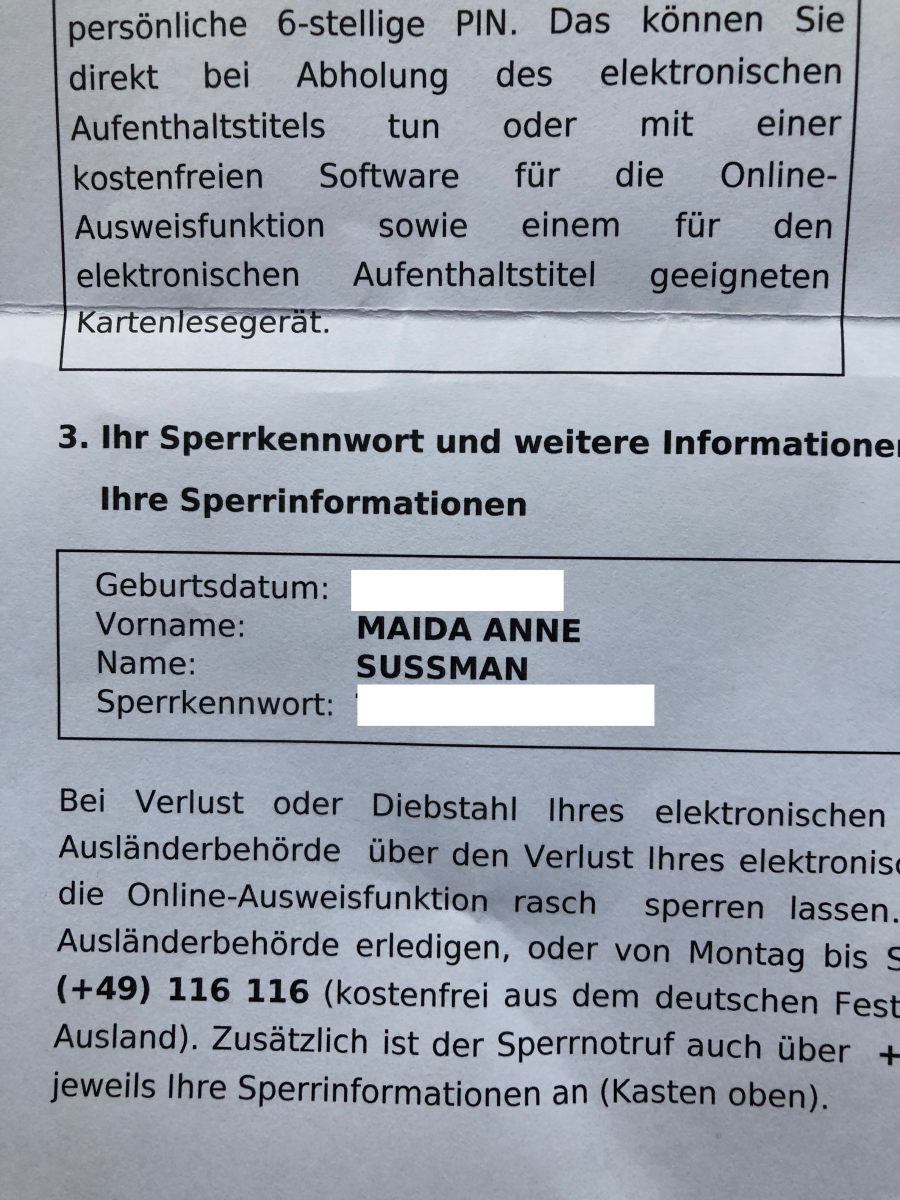
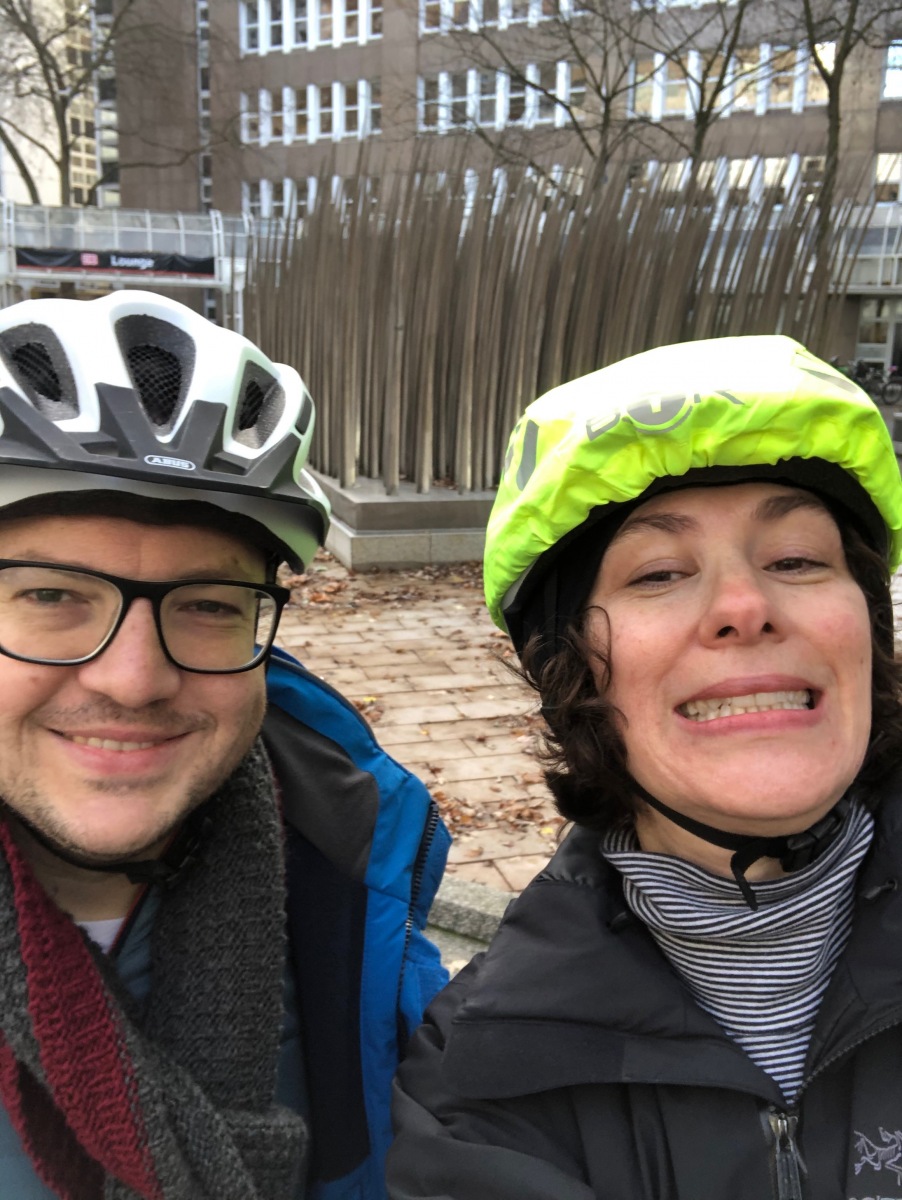

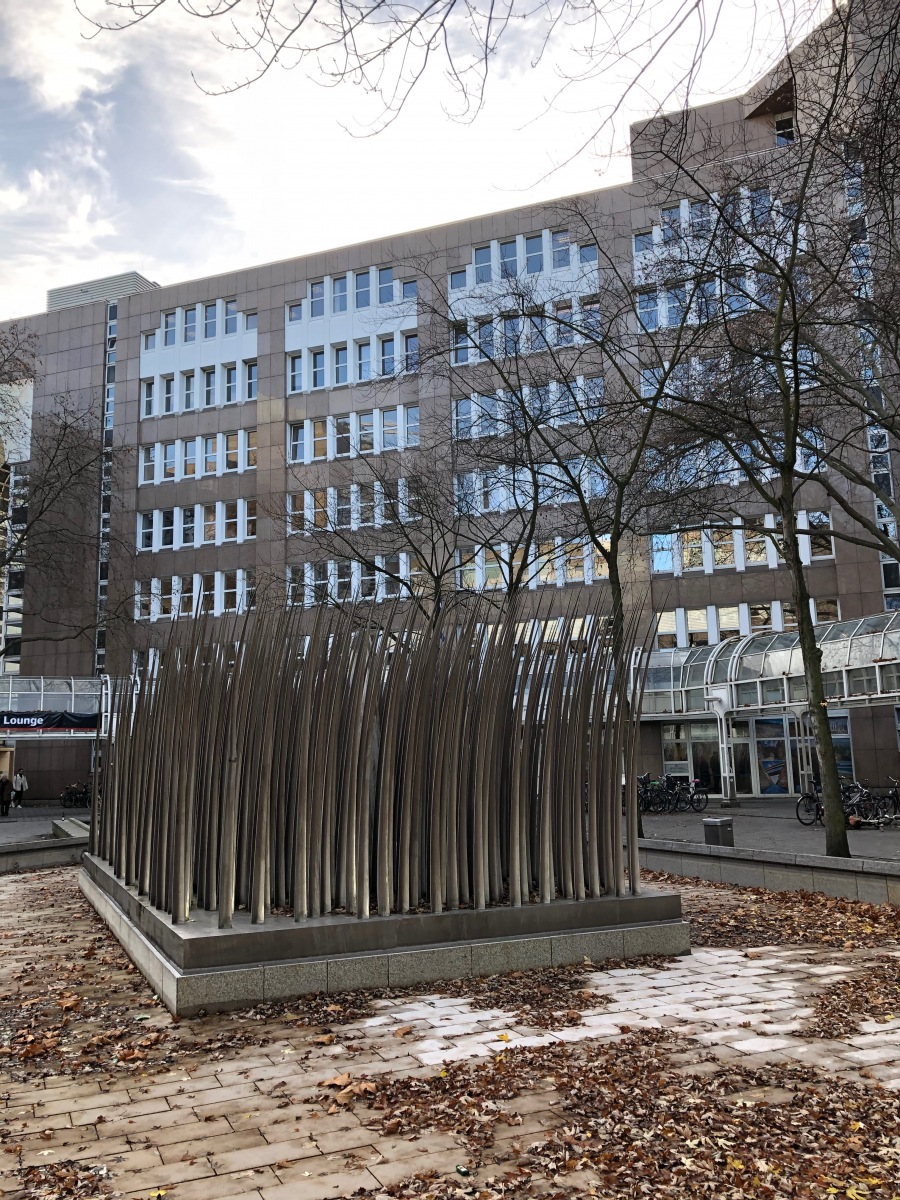
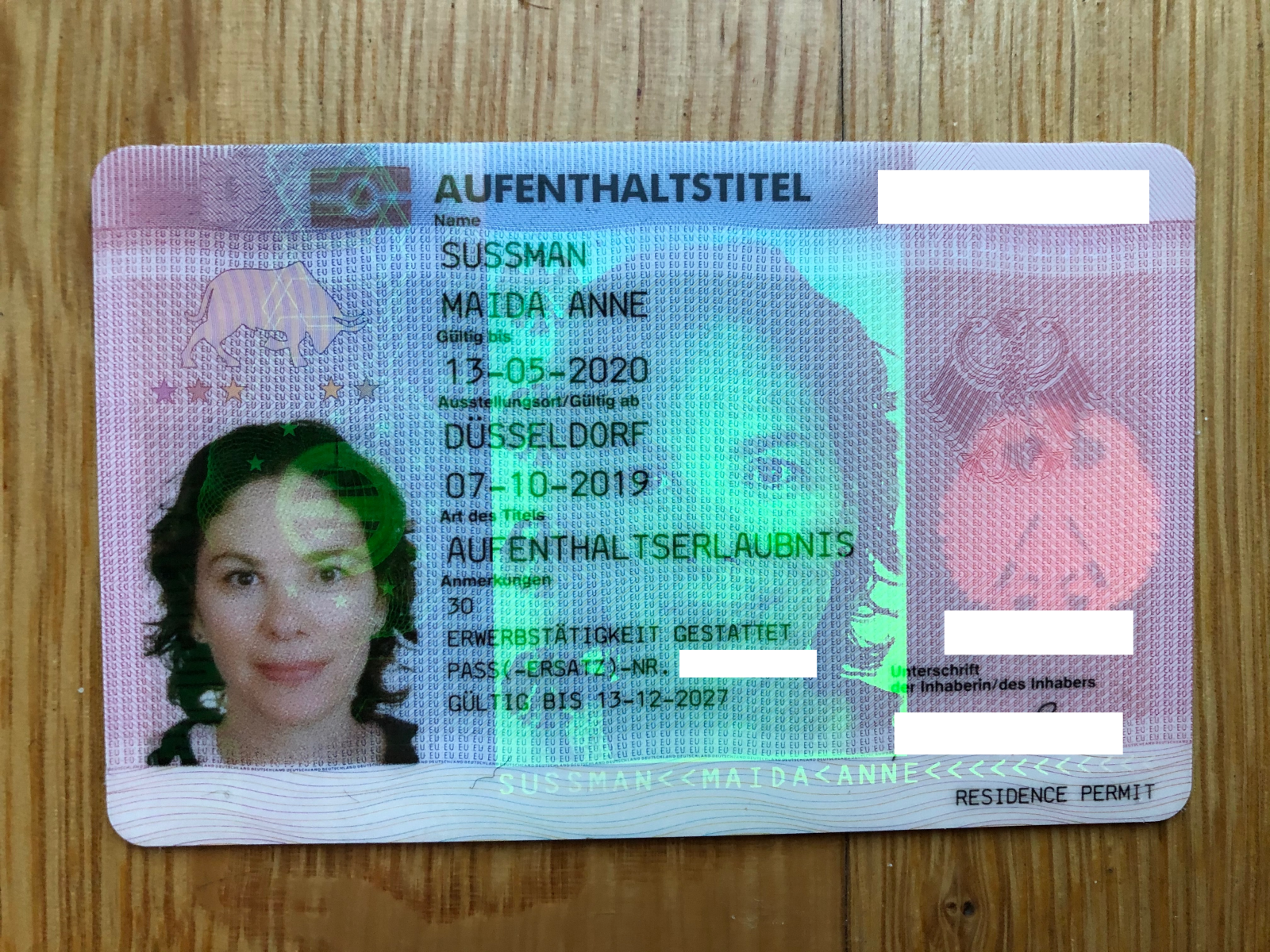
Good going, writing wonderful. I enjoyed it so much. Talk about lessons in problem solving, stress and tenacity!!
Like most things in life, grit, determination and perseverance get you where you want to go!
Wow, what a process! Amazingly, you survived! I do hope you get to use your residence card many more times. You deserve it!